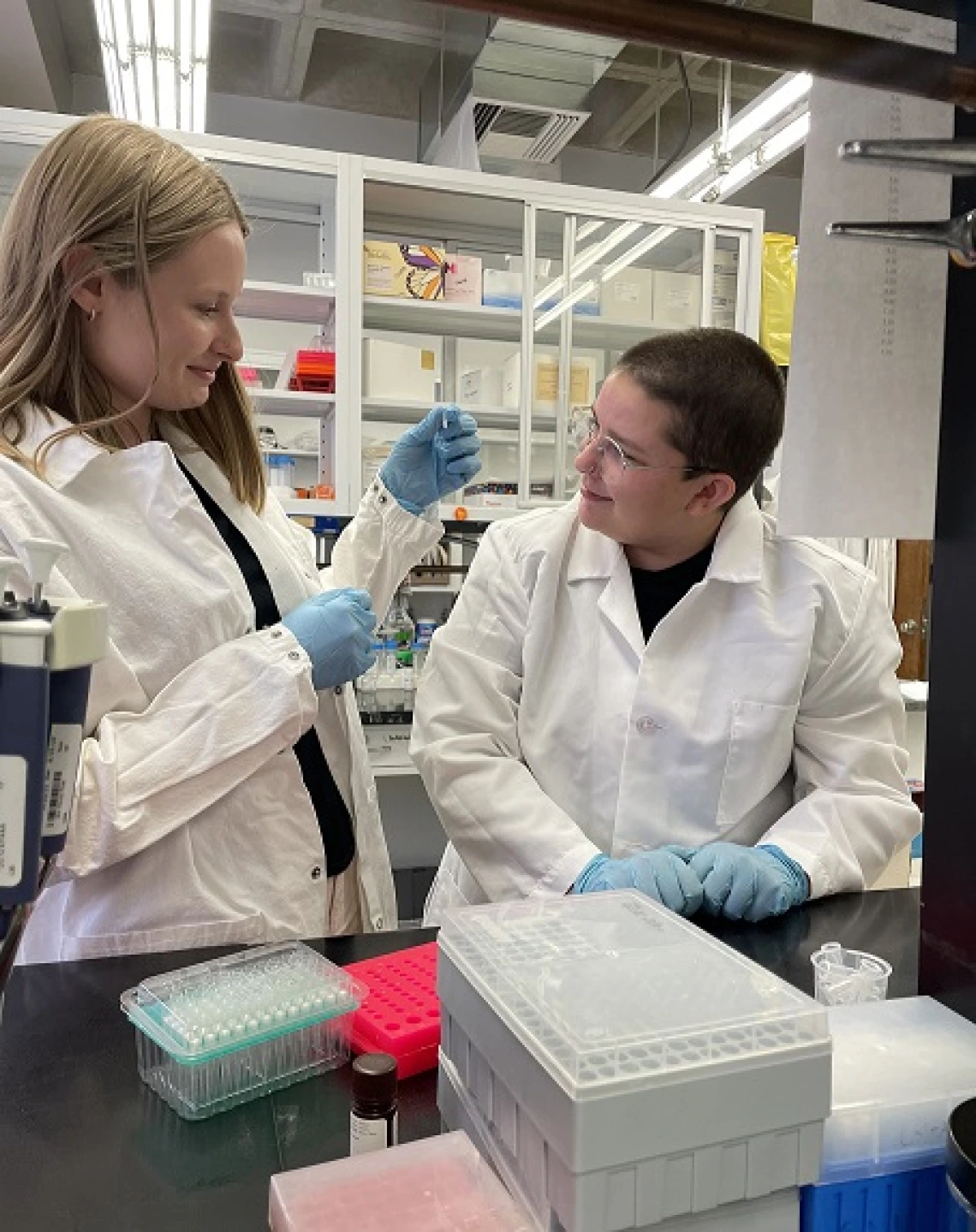Deciphering the molecular mechanisms of insulin resistance in diabetes

Insulin resistance is a prominent feature of obesity and type 2 diabetes, which are both highly prevalent in the United States and present critical public health issues. Dr. Coletta’s laboratory aims to decipher the molecular mechanisms involved in skeletal muscle insulin resistance. Her laboratory combines state-of-the-art techniques (GWAS, epigenomic, transcriptomic, and proteomic analyses) with in vivo methods (OGTTs, euglycemic hyperinsulinemic clamp, muscle biopsies, various pharmacological and non-pharmacological approaches) to determine the underlying mechanisms that contribute to these complex diseases.
Evidence from Dr. Coletta’s laboratory suggests a close association of extracellular matrix (ECM) remodeling changes with insulin sensitivity and mitochondrial function/content. A study of lean, healthy individuals following a lipid infusion revealed markedly increased expression of ECM genes in the skeletal muscle (i.e., collagens, fibronectin, laminin). These findings suggested that a lipid oversupply produces an inflammatory response reminiscent of fibrosis. Simultaneously, insulin sensitivity was lower in these volunteers, with reductions in the expression of genes coding for nuclear-encoded mitochondrial proteins. A follow-up study on collagen I and III in skeletal muscle from naturally occurring insulin-resistant volunteers revealed significant increases in the endomysium layer.
More recently, we revealed that insulin-resistant muscle has decreased DNA methylation in various ECM genes, including several collagens. We also showed that insulin-resistant muscle has increased DNA methylation of cytoskeletal and nuclear-encoded mitochondrial genes. Our laboratory is currently centered around an integrating hypothesis that in insulin-resistant muscle, mechanosensing and signaling of contractile forces from the ECM to the cytoskeleton, and finally, the nucleus, is altered, leading to changes in the expression of nuclear-encoded mitochondrial genes. This, in turn, leads to changes in mitochondrial function that evidence suggests are part of the pathogenesis of insulin resistance.

